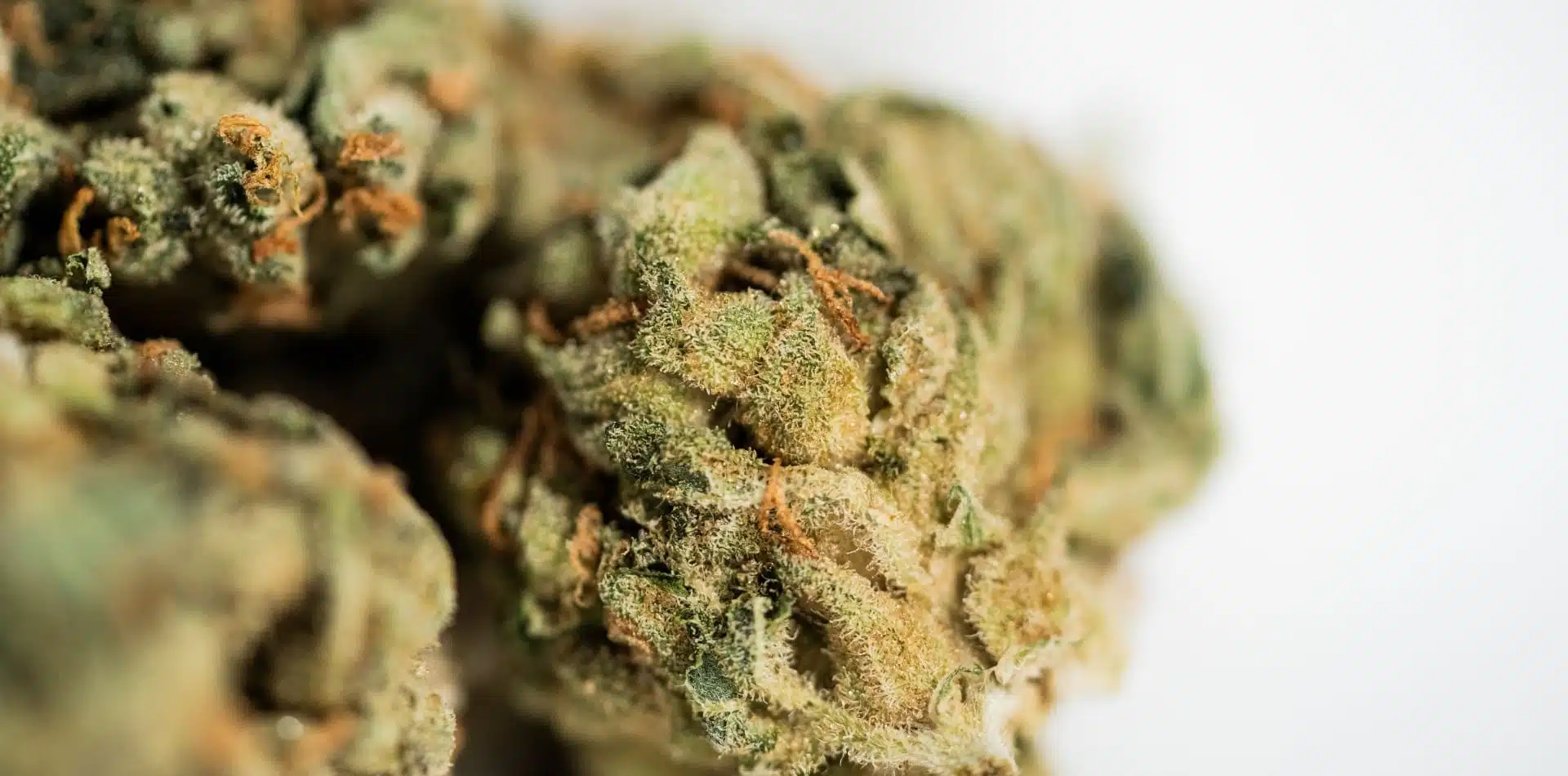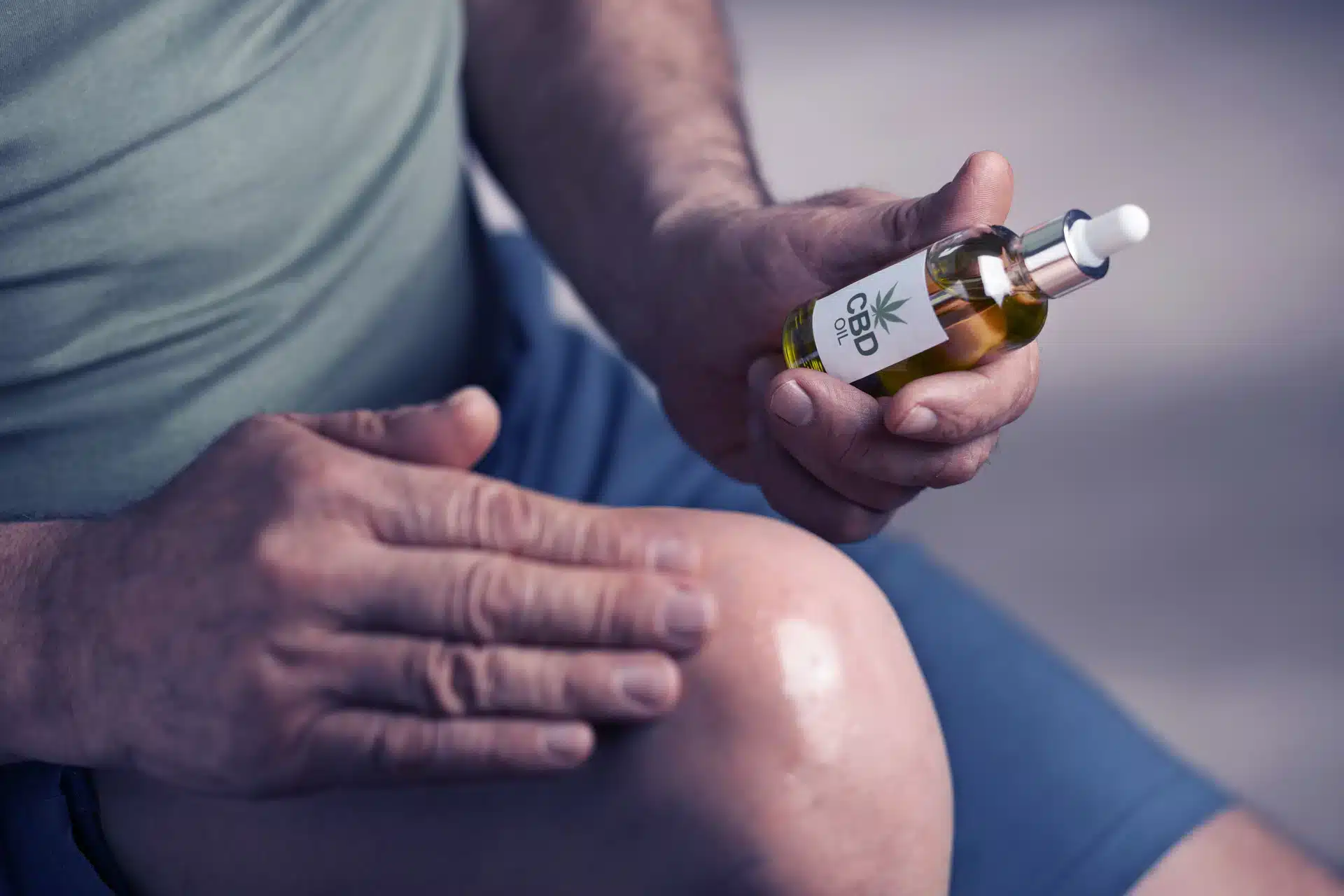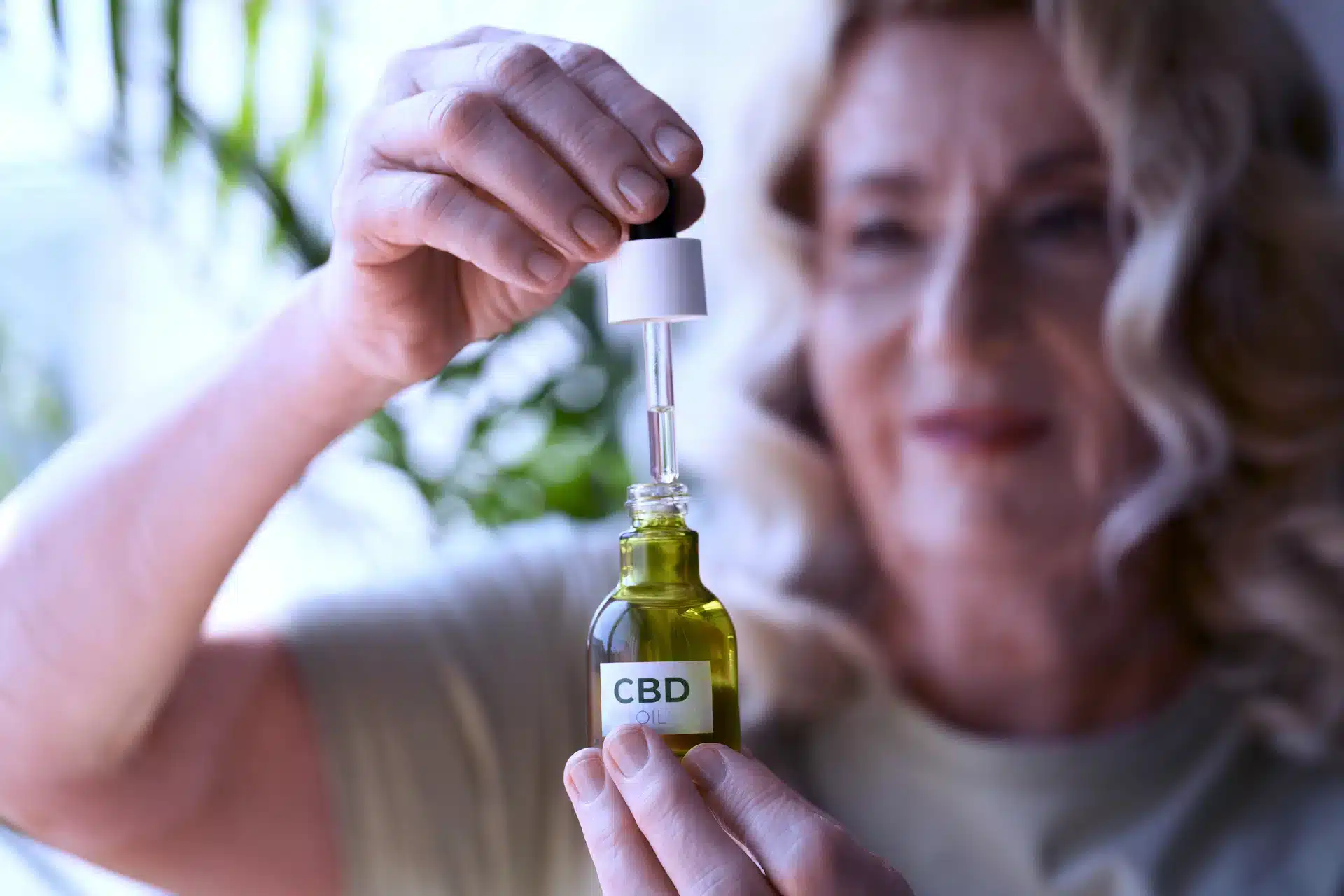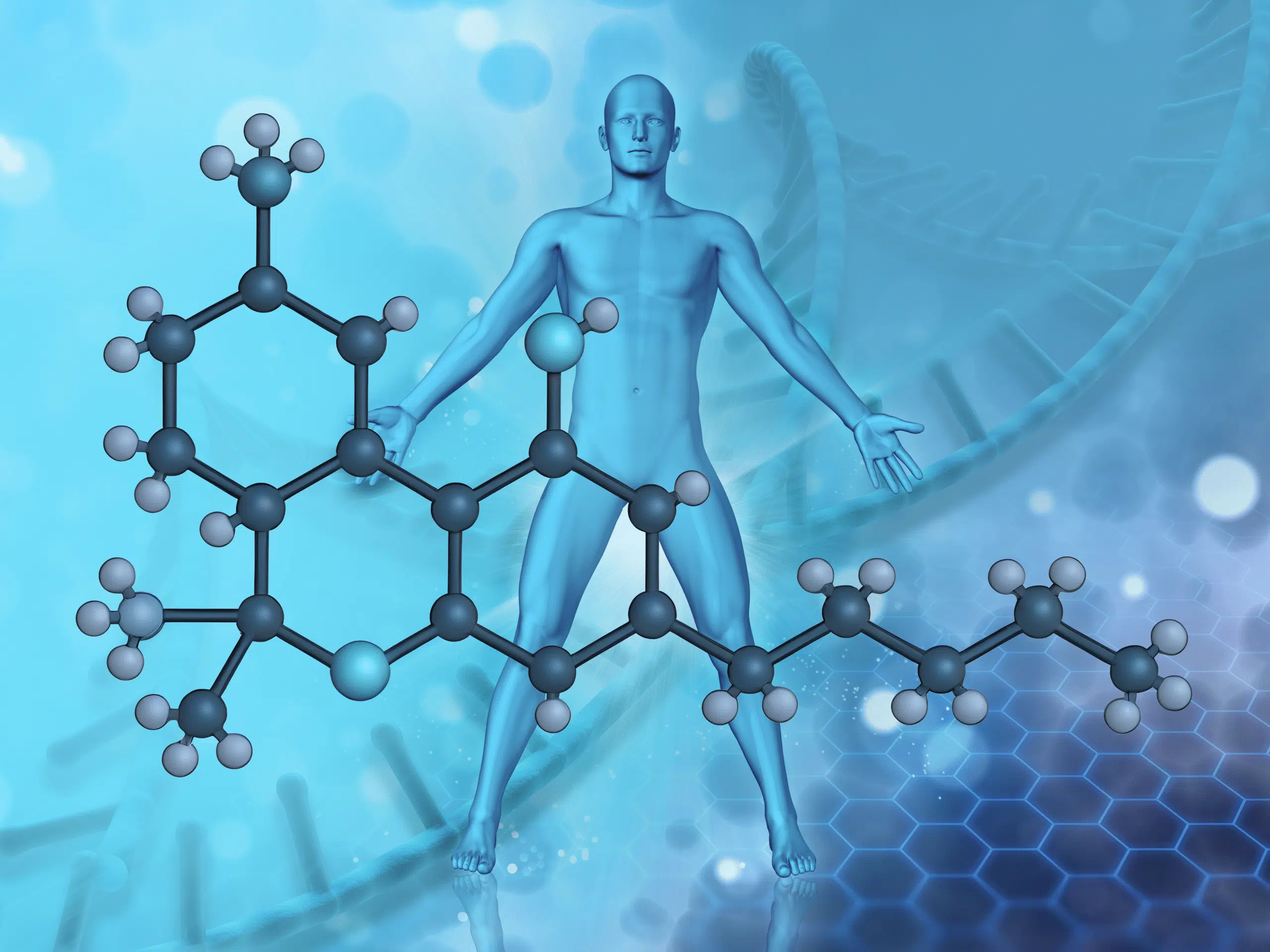Share
Navigating Medical Cannabis Products: Oils, Edibles, Topicals, and More

Navigating Medical Cannabis Products: Oils, Edibles, Topicals, and More
Medical cannabis, derived from the Cannabis sativa plant, has gained significant attention recently due to its therapeutic potential for managing various medical conditions. A key aspect of using medical cannabis effectively is understanding the diverse range of products available for administration. These products differ not only in their formulation but also in their mode of delivery, potency, and bioavailability.
Among the diverse types of medical cannabis products, patients may encounter a variety of formulations, including dried flowers, oils, tinctures, edibles, topicals, and concentrates. Each of these product types offers distinct advantages and considerations regarding administration, onset of action, duration of effects, and dosage precision. Understanding the differences between these products is essential for patients and healthcare providers to make informed decisions regarding treatment options and optimize therapeutic outcomes while minimizing potential risks.
Exploring different ways to use medical cannabis: An extensive guide
Inhalation
Many users prefer consuming cannabis through cigarettes, despite the associated risks like chronic cough and bronchitis due to inhaling toxic combustion by-products. A safer alternative is through vaporization, where plant preparations are heated to release cannabinoids without burning. This method allows cannabinoids to enter the bloodstream and brain rapidly, offering almost immediate therapeutic relief, making it suitable for acute conditions like pain and nausea crises. However, vaporization has drawbacks, such as variable cannabinoid intake and short-lived effects, making it less ideal for chronic treatments requiring consistent cannabinoid levels.
Oral / Buccal / Sublingual Administration
Several cannabis products, including extracts, oils, and foods, are commonly ingested orally, sublingually, or through the cheeks. Unlike inhalation, these methods take longer to show effects (0.5 to 6 hours), although they provide longer lasting and less intense outcomes. However, controlling the intensity and timing of effects with edibles can be challenging, leading to more overdose episodes. Additionally, absorption is not as quick as other methods, with bioavailability ranging from 4% to 12%.
Topical Administration
While topical creams and ointments are gaining popularity, research on their effectiveness and absorption is limited. Preliminary studies suggest slow and long-lasting absorption, making them potentially beneficial for treating localized pain and inflammation, as well as skin conditions like acne and psoriasis.
Rectal Administration
Although rectal cannabis use is increasing, its pharmacokinetics remain poorly understood. While some claim high THC doses can be taken without psychotropic effects, rectal absorption of cannabinoids is likely low due to the mucosa’s poor absorption of hydrophobic compounds. Synthetic THC forms have been developed to improve absorption, but their biological effects remain unknown. For now, the potential for natural cannabis products via rectal administration is limited, primarily suitable for localized treatments or patients unable to use oral or inhalation routes.
Quality Assurance
Patients should prioritize high-quality products, ensuring accurate cannabinoid content and the absence of contaminants. Suppliers should provide lab-tested products free from heavy metals, pesticides, harmful solvents, and microbial contaminants to ensure safety and effectiveness.

The universe of medical cannabis oils and tinctures
The cannabis industry offers a variety of highly concentrated products known as extracts or resins, obtained through organic solvents like hexane, butane, and ethanol. Yet, it’s noticeable that these solvents pose significant health risks, urging patients to avoid products containing them, even in small amounts. Food-grade ethanol stands out as the least toxic solvent option for producing these concentrates. A recent addition to the extraction methods is carbon dioxide, which offers efficiency and safety by eliminating harmful residues. Despite its advantages, the process remains costly.
Among patients, cannabis oils are the go-to choice, offering versatility and ease of use. These oils, which are less potent than extracts, are typically diluted in vegetable oils or obtained through plant maceration. Olive, sesame, coconut, and hemp oils are among the most popular options. Tinctures, created by diluting cannabis in alcohol, were once widely used but have declined due to concerns over alcohol’s health risks and standardization challenges.
As patient interest grows, so does the market for cannabis-derived products, including edibles, topicals, and supplements. Depending on the plant part used, its composition varies. For instance, hemp seeds offer high nutritional value and minimal phytocannabinoids. CBD and hemp oils come in different formulations, such as full-spectrum and CBD-enriched products, tailoring severalneeds like pain relief and stress reduction. However, inconsistencies in ingredients and administration methods make identifying the most effective product challenging. Despite lacking FDA approval, CBD and hemp oils continue to gain traction for their potential therapeutic benefits, underscoring the need for further research to understand their efficacy and safety profile. As physicians navigate this landscape, maintaining an open-minded yet cautious approach is essential, especially when addressing chronic pain and addiction management concerns.
Edibles: A popular choice for medical cannabis consumption
A range of food products can be made from hemp, primarily sourced from hemp seeds. These include, for instance, raw hulled hemp seeds, hemp seed oil, hemp protein concentrates or powders, and hemp milk. The use of hemp in food items has surged in popularity since the 2018 Federal Farm Bill removed hemp from the Controlled Substances Act, distinguishing it from marijuana and allowing for the interstate transportation of hemp seeds, plants, and processed products. Hemp, in this context, refers to C. sativa containing less than 0.3% of THC by dry weight. To comply with legal and safety standards, THC levels must be determined in final products and listed on the label. Even small amounts of THC, as low as 2.5 mg per day, can induce intoxicating effects in adults. Regulatory bodies recommend limits on THC intake to mitigate health risks, considering individual sensitivity, drug metabolism, and potential interactions with food.
Although hemp seeds contain trace amounts of THC, primarily on the seed surface, strict cultivation and handling practices are necessary to prevent contamination with higher THC levels.
It is crucial to extract hemp seed oil without heat to avoid producing toxic trans-fatty acids. Cold-pressed, unrefined oil is preferred to preserve its nutritional value. Hemp seed protein, rich in edestin and albumin, offers essential amino acids, making it easily digestible. Moreover, hemp seed flour is gluten-free and devoid of known allergens, making it suitable for individuals with celiac disease. While hemp seed oil remains the most popular choice, the market for hemp food products continues to expand, offering a wide range of items such as sauces, butter, pasta, energy bars, chocolate, and ice cream.
It’s essential to note that CBD, a cannabinoid predominantly found in the flowering parts of medicinal hemp plants, is naturally absent in hemp food products like seeds or seed-derived items. Despite growing interest in CBD’s therapeutic benefits and its legality in certain contexts, CBD-infused food products face regulatory restrictions. While CBD-dominant hemp products (<0.3% THC) are permitted, using CBD as an additive in food or supplements is prohibited in the U.S. due to its approval as an active ingredient in pharmaceuticals like Epidiolex. However, the European Commission categorizes CBD-containing supplements as novel foods. Consumers should take caution with these distinctions, as CBD supplements remain available despite FDA regulations. A daily CBD intake of 1–2 mg/kg is generally considered safe, but vigilance is advised to prevent adverse effects and interactions with medications or supplements.

Topicals: How they work and their benefits
What exactly are cannabis topicals?
Cannabis topicals encompass a broad range of products infused with cannabis designed for skin application. Unlike smoking, vaping, dabbing, or consuming edibles, topicals are not meant to be inhaled or ingested, and they don’t work equally as the products designed for ingestion do if mistakenly consumed.
Common topicals include cannabis-infused creams or balms, often offering skincare benefits. Recent years have seen the introduction of cannabis body oils, sexual lubricants, bath salts, bath bombs, sprays, and transdermal patches, catering to various needs and preferences.
Most topicals contain THC, CBD, or a mix of both, each offering unique healing properties when applied to the skin.
Different types of topicals
There’s a wide array of topical formulations available, including:
- Salves
- Creams
- Oils
- Lotions
- Sprays
- Bath products (such as salts and bombs)
- Transdermal patches
Balm or cream-based topicals are excellent for carrying cannabis-infused oils, spreading easily on the skin. Spray-based formulas may be preferable for those with oily skin, often containing alcohol to aid cannabinoid absorption. Bath products provide a holistic self-care experience, offering full-body benefits beyond targeting localized issues like sore joints or muscles. However, they are typically single-use and more expensive than creams or lotions.
How do topicals work?
Unlike other cannabis products that enter the bloodstream, topicals primarily interact with cannabinoid receptors in the skin, offering localized relief without causing intoxication. Although cannabinoids like THC and CBD interact with the body’s endocannabinoid system, topicals generally do not breach the blood barrier or show up on drug tests.
Using topicals
Topicals are easy to use—simply apply them to the desired area. Many contain additional ingredients like menthol, hyaluronic acid, or essential oils for added benefits. While applying topicals after a shower or bath may increase efficacy anecdotally, there is a lack of scientific evidence. For transdermal patches, dry skin ensures optimal adhesion.
Overall, different cannabinoids in topicals offer relief for various symptoms, with preliminary research suggesting benefits for pain, inflammation, muscle soreness, and even skin conditions like eczema and acne.
Inhalation methods for medical cannabis: What you need to know
Vaporization
Vaporization is increasingly popular as a method of cannabis consumption. Nevertheless, there’s a lack of understanding of the differences between vaporization devices among consumers and healthcare professionals. This knowledge gap has implications for promoting safe cannabis use. With the rapid growth of available products and confusing terminology, gaining adequate knowledge has become challenging. Different vaporization devices carry varying levels of risk, yet many users assume they’re all equally safe. Public health and healthcare providers frequently lack confidence in addressing vaporization and e-cigarette use. Further complicating matters is the distinction between cannabis and nicotine vaporization.
To date, there’s been no comprehensive literature providing a detailed review of cannabis vaporization devices and their associated risks. Such information is crucial for promoting safer behaviors and aligns with the public health objective of reducing harm.
Smoking versus Vaporization
As cannabis becomes more accessible, there’s been a surge in cannabis vaporization products. Both smoking and vaporizing cannabis involve inhaling the substance, offering quick effects with shorter durations compared to consuming it orally. However, the methods differ significantly in how they work.
Smoking cannabis involves combustion at high temperatures (about 600°C–900°C), producing smoke that contains harmful substances like carbon monoxide and toxins such as benzene, toluene, tar, and ammonia. On the other hand, vaporization heats cannabis at lower temperatures (around 160°C–230°C), creating a vapor with substantially fewer toxins. This has led many to view cannabis vaporization as a safer option than smoking.
Safety considerations and future directions
Minimizing the risks associated with substance use is critical for harm reduction and health promotion in public and community settings. Providing accurate and easily accessible information plays a key role in achieving these goals, particularly in understanding cannabis vaporization products and devices.
Cannabis vaping devices commonly employ three main forms of cannabis: cannabis flowers, “E-liquid,” and solid cannabis concentrates. E-liquids are liquid cannabis concentrates used in vaporizers, containing propylene glycol, vegetable glycerin, concentrated cannabis extracts, and various terpenes. While high-THC E-liquids are prevalent, some also contain CBD, delta-8 THC, or synthetic cannabinoids. E-liquids are stored in cartridges or pods, which may be refillable or single-use. Solid cannabis concentrates, such as wax or shatter, have very high THC concentrations, often exceeding 80% THC. It’s crucial to note this concentration difference, as most adverse events associated with cannabis use depend on THC dosage.
Consumers and literature commonly refer to E-liquids as “cannabis oils” or “vape oils”. We suggest defining “cannabis oils” as ingestible products containing cannabinoids suspended in a carrier oil, distinguishing them from “E-liquids,” which are meant for inhalation. E-liquids contain cannabinoids suspended in a carrier oil, often with thinning agents for inhalation. Common thinning agents include propylene glycol, vegetable glycerin, and polyethylene glycol 400. While flavoring agents are added to electronic cigarettes to attract users, their inhalation risks are not fully understood, warranting caution.
Toxins and contaminants are the primary safety concern with cannabis vaporization products. Cannabis may be contaminated with microorganisms or pesticides, and additional chemicals could be introduced during extraction, posing health risks. Regulated testing and quality assurance are crucial to ensuring product safety for inhalation.
There is no official consensus on terminology for cannabis vaporization devices. Vaporization devices heat cannabis products to produce vapor instead of smoke; some devices producing aerosols instead. Understanding these distinctions is important for minimizing respiratory tract irritation.
Investments in education campaigns and improved labeling standards for cannabis products and devices are needed to inform the public about associated risks and enable informed decision-making. Initiatives promoting the use of lower-THC-potency products should also be prioritized.
In summary, addressing safety considerations and future directions for cannabis vaporization requires collaborative efforts among healthcare professionals, policymakers, and researchers to ensure accurate information and mitigate potential risks associated with use.
Sources:
MacCallum CA, et al. Cannabis vaporisation: Understanding products, devices and risks. Drug Alcohol Rev. 2024; 43(3): 732–745. doi: 10.1111/dar.13800.
VanDolah HJ, Bauer BA, Mauck KF. Clinicians' Guide to Cannabidiol and Hemp Oils. Mayo Clin Proc. 2019 Sep;94(9):1840-1851. doi: 10.1016/j.mayocp.2019.01.003.
Cannabis (marihuana, marijuana) and the cannabinoids. Information for Health Care Professionals. https://publications.gc.ca/collections/collection_2016/sc-hc/H129-19-2013-eng.pdf (accessed 8 May2024).
Hazekamp A, Pappas G. Self-Medication with Cannabis. In: Pertwee RG, editor. Handbook of Cannabis. Oxford, United Kingdom: Oxford University Press; 2014.
Williams A. What are cannabis topicals and how do they work? Leafly. 2022.https://www.leafly.com/news/cannabis-101/what-are-cannabis-topicals.
Huestis MA, Smith ML. Cannabinoid Pharmacokinetics and Disposition in Alternative Matrices. In: Pertwee RG, editor. Handbook of Cannabis. Oxford, United Kingdom: Oxford University Press; 2014.
Biro T, et al. The endocannabinoid system of the skin in health and disease: novel perspectives and therapeutic opportunities. Trends Pharmacol Sci. 2009;30(8):411-20.
Brenneisen R, et al. The effect of orally and rectally administered delta 9-tetrahydrocannabinol on spasticity: a pilot study with 2 patients. Int J Clin Pharmacol Ther. 1996;34(10):446-52.
Shao K, et al. Cannabis and the skin, Clinics in Dermatology. 2021;39(5): 784-795. doi: 10.1016/j.clindermatol.2021.05.006.











